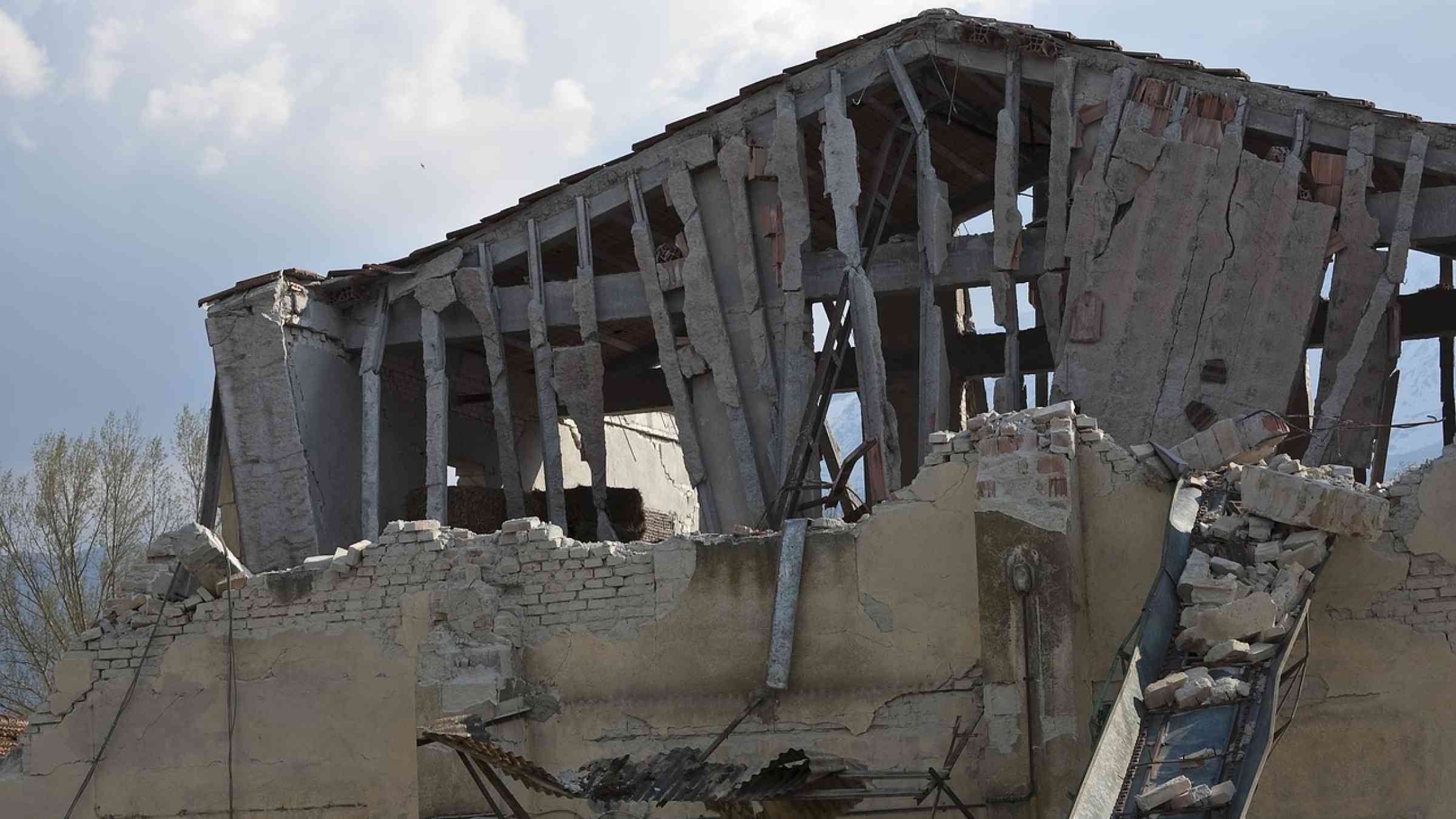Operational earthquake forecasting – What is it and how is it done?

Our understanding of earthquakes has improved vastly over the past few decades, but their exact location, time, and magnitude still cannot be predicted. However, using past earthquake sequences as a guide, scientists can assess the probability of future earthquakes.
A new article in Reviews of Geophysics explores operational earthquake forecasting (OEF) systems around the world and how they are used to inform decision-makers. We asked the lead author to give an overview of OEF systems, what experts say about them, and what aspects need improvement.
In simple terms, what is "operational earthquake forecasting" (OEF)?
In operational earthquake forecasting, an authorized entity calculates probabilities of earthquakes occurring within some specified region and time frame.
These probabilities are calculated based on current earthquake activity, and shared with civil protection, governmental agencies, or the public, to help them make informed decisions.
It is important to distinguish earthquake forecasting from earthquake prediction. It is not possible to predict the exact location, time, and magnitude of future earthquakes. However, occurrence patterns observed in past earthquake sequences can be used to say something about what is expected in an ongoing earthquake sequence. The most important components of earthquake forecasting models are knowledge about the clustering behavior of earthquakes in space and time, and about the frequency distribution of earthquake magnitudes.
What are some examples of OEF systems around the world and how do they differ from each other?
Not many countries currently have OEF systems in place. In our review, we discuss three examples: the OEF systems of Italy, New Zealand, and the United States. These three systems differ from each other in various ways, which we categorize into aspects related to the underlying models, how the models were tested, and how the forecasts are communicated.
All countries use different models of varying complexity, but the core underlying principles of the models are similar. The models were assessed using different types of tests, and with different testing schemes. Forecast communication also differs widely. In Italy, forecasts are produced regularly on a weekly basis, while New Zealand and the United States produce forecasts for specific sequences. The way the probabilities are visualized or translated to practical information ranges from interactive maps, tables, and time series, over descriptions of more and less likely future scenarios, to summary sheets containing a collection of useful information.
Why do so few countries have OEF systems in place?
Several factors could prevent the establishment of OEF systems including insufficient data, knowledge gaps, resource constraints, or a lack of guidance required.
As demonstrated by the vastly differing OEF systems of Italy, New Zealand, and the United States, there is no clear agreed-upon default model that should be used, or agreed-upon tests that a model should pass so that it can be considered suitable for earthquake forecasting, and no agreed-upon unique way to communicate earthquake forecasts or earthquake loss forecasts.
For this reason, our review also includes an analysis of an expert elicitation in which a group of worldwide earthquake forecasting experts were asked about their opinions on the development, testing, and communication of earthquake forecasts.
What general recommendations do experts have for the development, testing, and communication of earthquake forecasts?
Overall, the experts were rather hesitant to endorse specific models or tests. They did, however, indicate that the Epidemic-Type Aftershock Sequence (ETAS) model makes a good default model. This model considers the fact that aftershocks of an earthquake can trigger aftershocks themselves, etc., leading to cascades of aftershocks. The expert group considers this to be an important model feature. They also encourage combining several models into model ensembles.
Regarding model testing, the experts encourage comparisons to benchmark models, prospective testing (that is, testing against future data that didn't exist when a forecast was made), transparency, and reproducibility. Sharing model source code and archived forecasts for use by the community is desirable. When it comes to forecast communication, the experts agreed that communication products must be developed in collaboration with the users of the forecast.
What are some of the key challenges and opportunities in improving operational earthquake forecasting?
Models that are currently used for OEF have a common limitation: they fail to forecast future large earthquakes with high probability. Recent efforts to advance forecasting capabilities include incorporating knowledge about physical processes into existing models, identifying precursory signals, utilizing insights from laboratory seismicity, or applying machine learning techniques and novel high-resolution datasets. However, it is unknown whether deterministic earthquake prediction will ever be possible.
The Collaboratory for the Study of Earthquake Predictability (CSEP) is devoted to facilitating open, long-lasting earthquake predictability research. This includes providing open access software toolkits and reproducibility packages, as well as research that supports the diversification of methods used in third-party prospective tests of existing models. Regarding forecast communication, future efforts are needed to systematically test how low-probability, high-impact events can be best communicated to societal stakeholders. This will support policymakers' decision-making processes and individuals' perceptions of and reactions to forecasts.